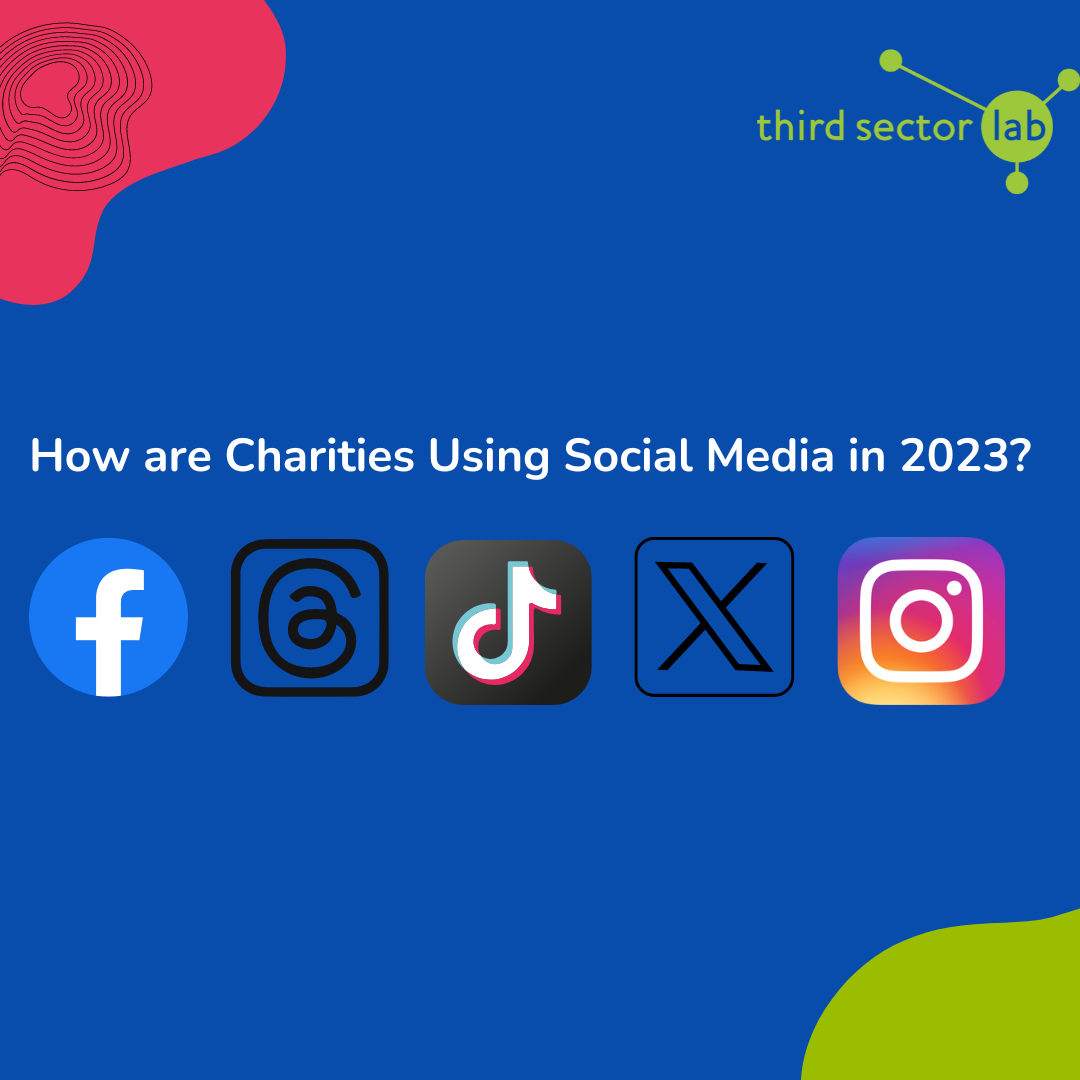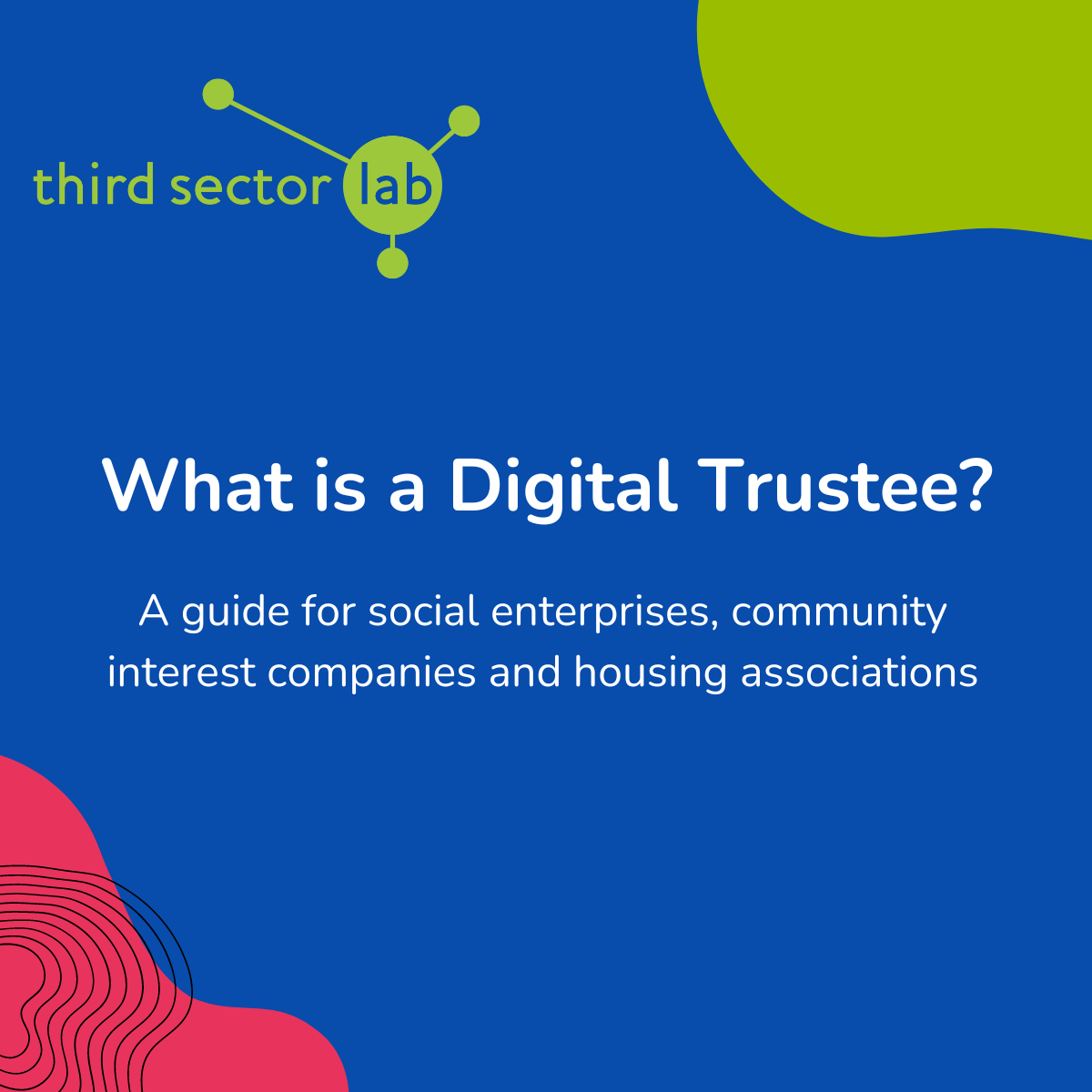Five simple ways to get everyone in your organisation passionate about social media
20 October 2014 | Estimated reading time: 3 minutes
I cannot believe I’m writing a piece on getting everyone in an organisation involved with social media in 2014, but the reality is most charities and public sector organisations are a long way off truly embracing the medium. Technology isn’t really the issue – it all boils down to trust. That isn’t to say that managers feel their staff will spend all day tweeting photos of their cat, but most don’t feel confident managing a strategic approach to using social channels.
While it’s easy to brush off social media as the responsibility of your marketing or communications person (if you’re lucky enough to have one), if you do, you’re missing a trick. Data shows that employees have greater reach, more influence and generate more revenue than official, branded organisation accounts. The organisation that taps into the reach and influence of its employees is much more likely to succeed in the social age.
So, if you’re tasked with making social media work within your organisation, how do you ensure everyone is on board? Here’s my five top tips which originally appeared in my article for the summer edition of Children in Scotland Magazine:
1. Show people that social media can help them get their job done
Staff don’t have an extra four hours in the week to ‘do’ social media. You need to show them how social media can help get their job done, how you can achieve your team’s goals and how you can reach your key audiences. You need a strategy. It’s a scary word, but, with a framework, you can create something meaningful and succinct.
2. Ensure people feel protected and empowered
If your social media policy was written by your IT-support person, it’s probably 15 pages long and terrifying as hell. He/she may be great at keeping your server ticking over, but they shouldn’t be single-handedly responsible for defining how your organisation communicates with the outside world. You need a policy that protects staff and your organisation, while making staff feel empowered and trusted, allowing them to experiment and drive your online communications. And it needn’t be more than one side of A4.
3. Create social media champions within each team
A strategy is great but without people driving it forward you’ll get nowhere. Start small and recruit social media champions who can get their team enthused – this also gives you a better opportunity to demonstrate impact to executive level staff. Give champions ownership of the channels they’re most experienced with and passionate about. Don’t make your video content champion the person who has never held a camera before.
4. Give volunteers and service users a meaningful role
At Third Sector Lab we spend a lot of our time training volunteers and service users to become social reporters for third sector conferences and events. The rich audio and video content these reporters create really tells the story of a conference in the way a written report cannot. How can you involve volunteers and service users in your online communications in a way that empowers them and tells their story?
5. Make sure the Chief Executive believes
The organisations that thrive in the social space are usually the ones who have a Chief Executive that values staff involvement. Just look at Young Scot – their online presence is driven by Louise MacDonald’s belief that social media can help bring about social good. More importantly she trusts her staff to get the job done using whatever tools necessary. While it can feel an uphill struggle at times, getting people from across the organisation involved in social media is worth the pain. People connect with people – they don’t connect with faceless, branded corporate accounts. If you want to use social media as a campaigning, fundraising and potentially service delivery channel you need to remember that.
Do you have any top tips for getting staff involved in your social media presence?







